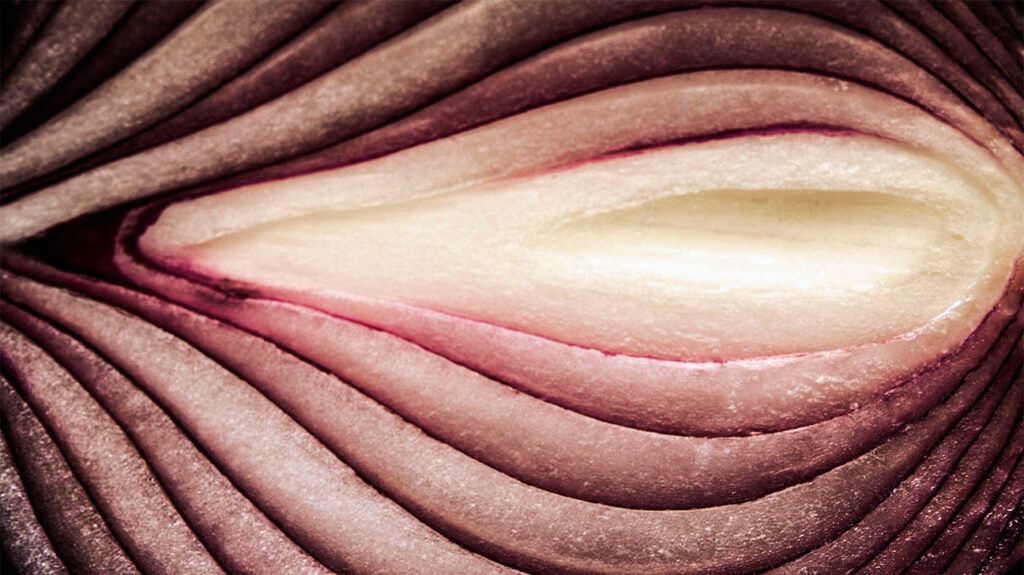The clitoris, situated at the entrance of the vagina, houses sensitive tissue or the clitoral glans. It is the organ responsible for female orgasms.
The clitoris is mostly inside the body. The small fleshy nub at the opening of the vagina splits down into two parts on either side of the vagina. The thousands of nerve endings respond to sexual stimulation, becoming aroused and swollen.
A note about sex and gender
Sex and gender exist on spectrums. This article will use the terms “male,” “female,” or both to refer to sex assigned at birth. Learn more.

The name “clitoris” comes from the Ancient Greek word “kleitoris,” meaning “little hill,” and may relate to the word “kleis,” meaning “key.”
The “clitoral hood” is found over the urethral opening and is the tip of the clitoris. The tip, called the clitoral gland, is the most readily visible part of this genital organ.
The clitoris has three major components:
- the glans clitoris, which is the only visible part of the organ
- the two crura, which extend, like brackets, down from the glans clitoris and deep into the tissue of the vulva, on either side
- the two bulbs of the vestibule, which extend on either side of the vaginal orifice
In its entirety, the clitoris may reach as many as 7 centimeters in length, if not longer, and the glans make up about 4–7 millimeters of the whole.
The glans is also the part that contains free nerve endings, thus providing the most sensation.
Due to its high level of sensitivity, the clitoris plays a large part in the female orgasm.
Popular culture and pornographic material tend to depict the female orgasm as something usually achievable solely through penetration, but this may not be the case in real life.
Most women, researchers have found, will only achieve orgasm when the clitoris — or, more specifically, the glans clitoris — is also stimulated.
Exploring the clitoris can help a person understand more about themselves, including what feels pleasurable and what feels painful. A person can do this with a partner or with themselves.
It can also help a person know when something is wrong or when they may need to speak to a doctor.
The structure of the clitoris
As the clitoris swells, the body responds in other ways, such as:
- pressure building in the vaginal wall
- lubrication inside the vagina
- feelings of pleasure and arousal
The nerves in the clitoris include the pudendal nerve, the cavernous nerves, and the dorsal nerve. These nerves are so sensitive that, for some, sex may feel painful.
Conditions that can affect the clitoris include:
- infections, such as STIs from sexual intercourse, or yeast infections or bacterial vaginosis
- clitorodynia, which involves abnormal pain in the clitoris
- clitoral atrophy, which is the clitoris
not respondingTrusted Source to stimulation and shrinking in size - lichen sclerosis, an infection in which patches of skin start to thin
- vulvar dermatitis, which causes itchy, irritated skin
- vulvar cancer, which is cancer of the vulvar
Symptoms to look out for concerning the clitoris include:
- pain
- itching
- dryness
- lack of sensation
- discoloration
- soreness
If symptoms occur, speak with a healthcare professional, such as a gynecologist, to ensure good genital and sexual health.
Regular pelvic exams, practicing sexual hygiene such as using condoms, and avoiding perfumed body washes or creams around that area can also help avoid developing any conditions.
The clitoris is an integral part of female sexual pleasure. Understanding what a person finds pleasurable aids good sexual health and can help a person feel more in touch with their body.
Conditions of the clitoris can cause symptoms such as pain. Be sure to have regular visits with a healthcare professional or gynecologist to ensure maximum sexual health.


